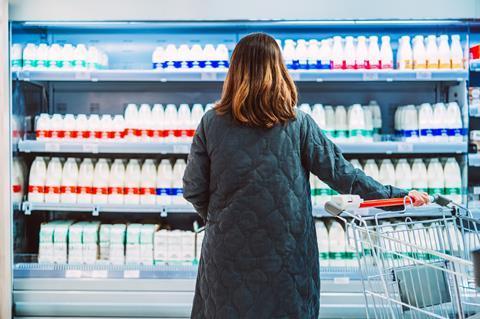
Prices in the dairy aisle have risen by as much as 60% since the start of the year, driven by low milk production levels.
Butter, milk and cream have all seen double-digit hikes since the week ending 29 December 2024, found The Grocer’s analysis of Assosia data.
Butter was particularly badly hit. Of the 483 butter lines available in the traditional big four and Waitrose, some 37% – or 181 lines – had risen in price since the start of 2025. And 105 were up by more than 10%.
Arla-owned brands dominated those hikes – accounting for 17 of the top 25 price rises in the butters and spreads category.
In Asda, Arla’s Anchor Lighter Spreadable Blend of Butter and Rapeseed Oil shot up 58.3% in price, while its Lurpak Lighter Spreadable Blend of Butter and Rapeseed Oil (750g) and Lurpak Slightly Salted Spreadable (750g) both rose by 50%, from £5.50 to £8.25.
Arla told The Grocer retailers set on-shelf prices but it was “working hard” to keep products affordable while ensuring farmers get a fair price. “What we are currently seeing is that the global demand for dairy is growing, but across the world, there is a reduced supply of milk available,” said an Arla spokesperson.
The price of Arla-branded milk is also on the rise. Cravendale Filtered Fresh Semi Skimmed Milk and Whole Milk 1L Fresher for Longer increased by 14.3% in Tesco and Sainsbury’s. The brand’s 2l variants also rose by over 10% at both retailers and in Waitrose.
“Tight supplies of milk and cream, primarily due to adverse weather conditions, have led to wholesale butter prices rising, which has put upwards pressure on the price of butter,” said Harvir Dhillon, economist at the BRC
One industry insider told The Grocer that cream had also been affected. While prices typically come down after Christmas, the opposite has happened this year: cream lines have risen by up to 30.7% in the period.
Inflationary price moves were “driven by rising commodity prices”, said Susie Stannard, lead analyst for dairy at AHDB. “For most of last year until the autumn, milk production was quite weak – we had very wet weather through autumn 2023 all the way through spring which held back grass growth,” she added.
Low global milk production had a particularly strong knock-on effect on the amount of butter churned, she said.
Beyond core dairy lines, dairy drinks also saw substantial rises. Several Starbucks iced coffee lines rose in price by between 75.2% and 119% in just seven weeks at Morrisons.









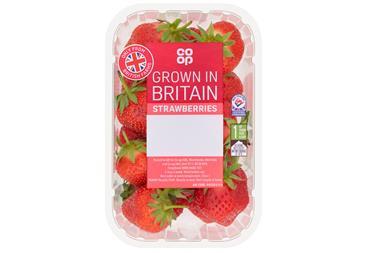

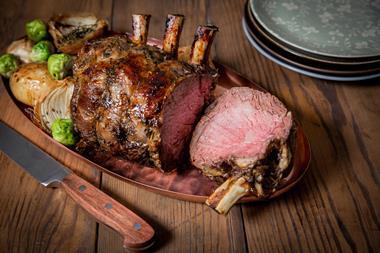
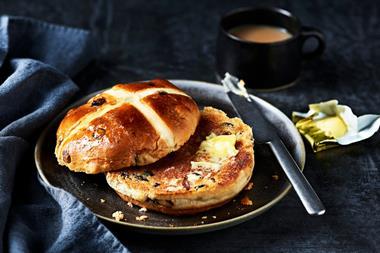

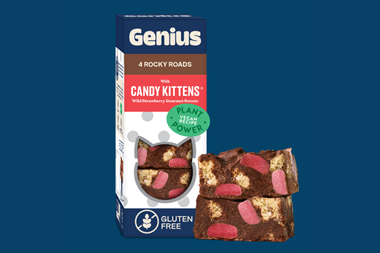
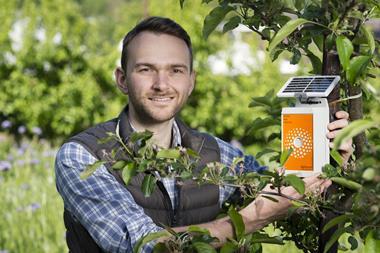
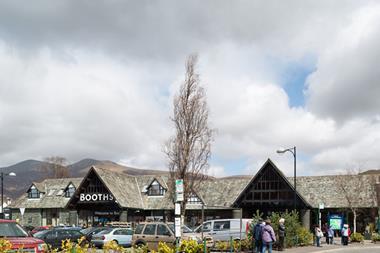
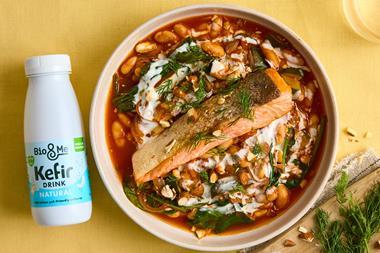

No comments yet